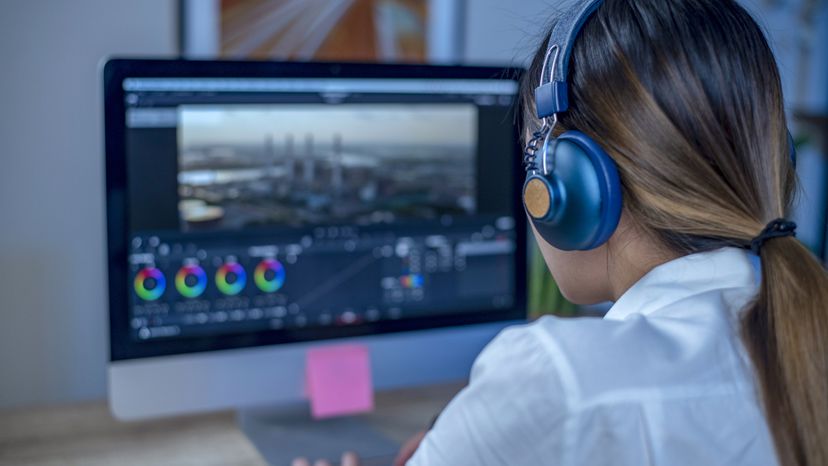
The techniques used by video editors to shape the media they work with reveals a lot about the way people create meaning in the world. Given the exact same raw footage, two different editors could make two completely different videos. But a good editor should always be in tune with how people think and feel and then use this knowledge to build compelling stories. And while an editors’ chosen style may largely reflect the type of project he or she is working on, there are some approaches that generally work well in any scenario. Here are nine excellent tips to add to your video editing toolkit.
Advertisement